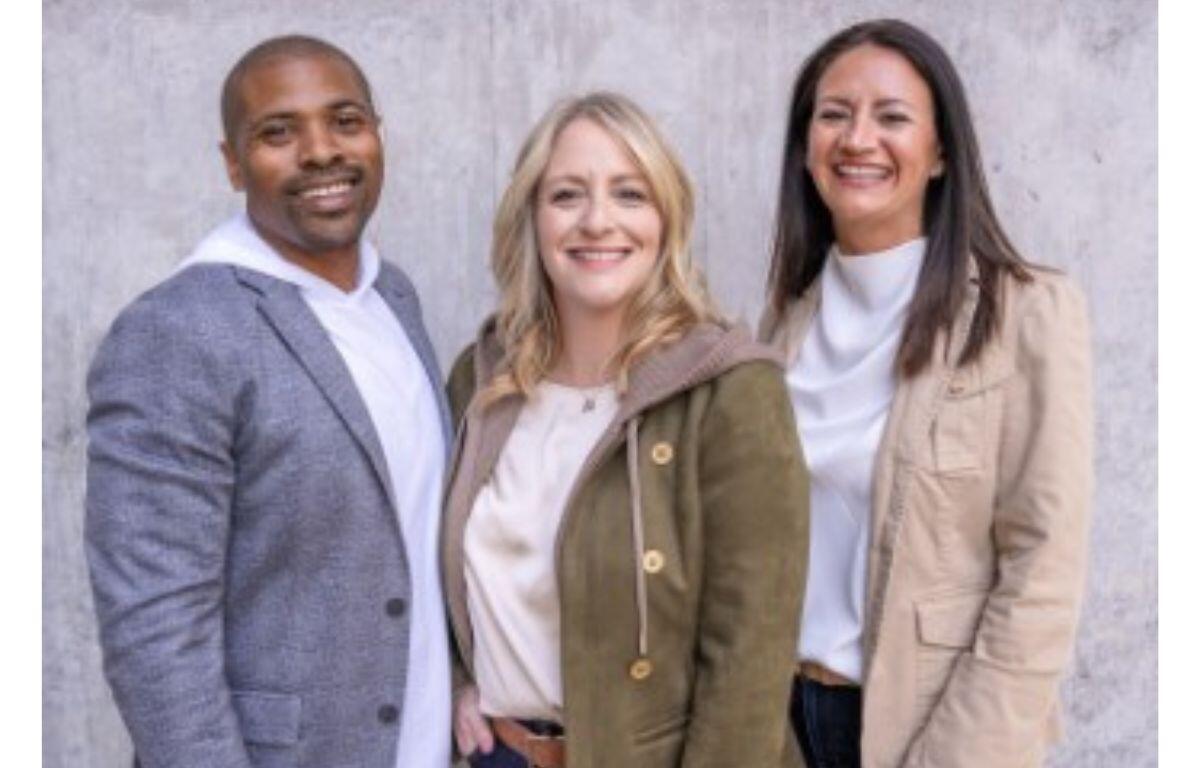DANVILLE, Ill. (Chambana Today) — Leadership problems often show up long after they were created. A frustrated supervisor wonders why performance is slipping. An employee feels blindsided by a conversation they never saw coming. Both believe they are doing their best. Both are quietly disappointed in the other.
This breakdown rarely begins with incompetence. It begins when a leader assumes understanding instead of building it. People want to do meaningful work, yet they cannot deliver what they do not fully grasp. When direction is vague, accountability becomes a surprise rather than support.
Expectation setting is where strong leadership begins. Not when something goes wrong, but well before the first ball ever rolls down the lane.
Setting Expectations That Strike
Great leaders remove the guesswork. They do not rely on assumptions or personal interpretation. They articulate what success looks like in concrete detail, because precision is what empowers others to perform with confidence.
Consider how often we rely on shorthand that means different things to different people. “Be on time.” “Communicate better.” “Take ownership.” These phrases feel clear to the person saying them, but they offer almost nothing actionable to the person meant to execute.
If “on time” means seated and logged in at the start of the shift, say so. If “ownership” means you are the primary decision maker who drives the action without waiting for prompts, make that explicit. Expectations that shape behavior are descriptive, observable, and specific. They do not live in a leader’s mind. They live in shared language that everyone can articulate and recognize.
Using Your Bumper Rails
Even with clear expectations, people will drift. New tasks, unexpected challenges, and human nature make it inevitable. Accountability is what protects performance from wandering too far for too long.
The most effective accountability happens early and with the intent to guide rather than judge. It might sound like “Tell me what changed,” or “Walk me through your plan from here.” Small course corrections delivered with respect keep progress intact and protect trust.
Accountability should feel like partnership. It demonstrates belief in a person’s potential and commitment to their success. When leaders treat accountability as mentorship rather than discipline, employees remain engaged in the work and invested in the outcome.
Coaching Your Team for Success
When someone adjusts and improves, reinforce the behavior you want to see repeated. Recognition locks in progress. It signals to the employee, “You got it. Keep going.”
Too often, leaders notice improvement yet move on quickly to the next issue. Praise is feedback that strengthens a habit and encourages consistency. People will always lean into the environments where their efforts are seen and valued.
Effective coaching is a cycle of clarity, support, and recognition. It is leadership that builds capability rather than compliance.
Build Leaders Who Score
When teams understand what winning looks like and feel supported as they work toward it, performance becomes repeatable. People stop guessing and start delivering. Work becomes smoother, communication becomes cleaner, and momentum becomes sustainable.
Leadership does not hinge on perfection. It thrives on intention. Show people the path. Guide them when they wobble. Celebrate their improvement. That is how leaders build trust, confidence, and shared results that matter.
If you are ready to elevate your leadership approach and create a workplace where expectations, accountability, and performance move in alignment, our team at Monyok Leadership would love to support you. Reach out to explore coaching that turns everyday managers into leaders people want to follow.


